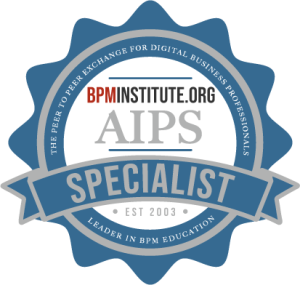Home / Resources
Resources
Discover a Wealth of BPM Knowledge and Expertise at BPMInstitute.org!

Being Intelligent with SOA: Using SOA to Lay the Foundation of your Business Intelligence (BI) Initiatives
SOA purists might scoff at using SOA for integration [1], but for many enterprises, Service Oriented Integration (SOI) remains one of the prime motivations for embarking on the SOA journey. Agreed SOI by itself doesn’t achieve the avowed goals of agility or elimination of redundant IT infrastructure, but it helps the enterprise address real concerns, now. The SOA Manifesto [2] states that Business value is of higher priority over technical strategy; hence easier integration with SOA is a valid goal of a SOA initiative.

Manage the People or Manage the Process?
When you are trying to handle a problem, make an improvement, change the culture, or implement a key strategy where do you go first – to manage the people or manage the process?
Consider these four scenarios. Would you approach the situation by managing the people or managing the process? Rate each one against the 5 criteria and think about why you selected the rating. We will come back to these four scenarios at the end at the end of the article and consider them further.
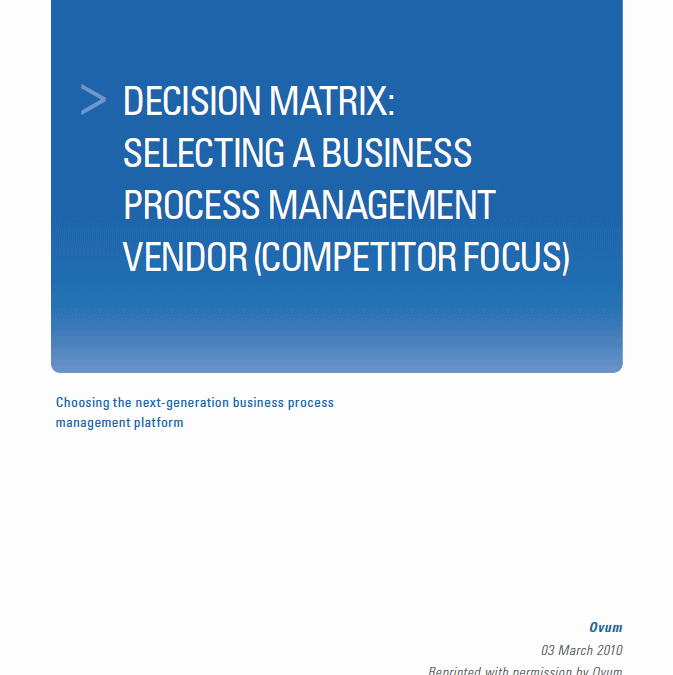
Decision Matrix: Selecting a Business Process Management Vendor (Competitor Focus)
Read the analyst report “Decision Matrix: Selecting a Business Process Management Vendor”, and learn why Progress Savvion made the short list of BPM vendors.
Business process management (BPM) software solutions – often called “suites” – are one of the hottest areas in BPM, but choosing the right BPM solution for your organization may be a daunting task. Ovum, an industry analyst firm, recently conducted a research project that measures BPM vendors across three critera: market impact, end-user sentiment and technology offering.
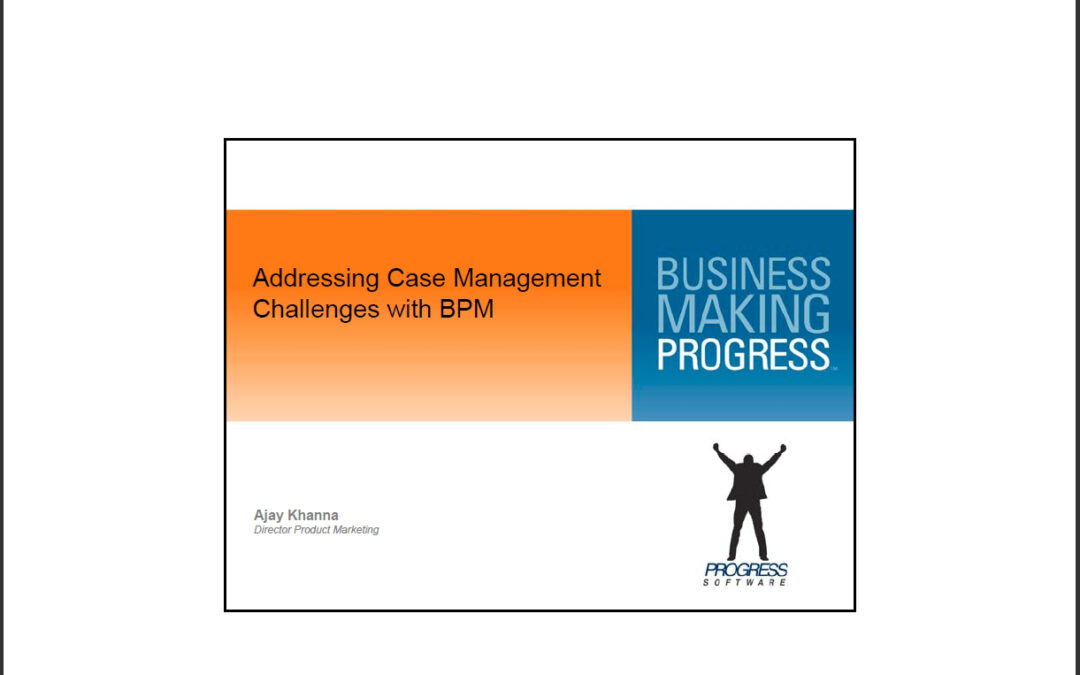
Addressing Case Management Challenges with BPM
How can we improve customer satisfaction, loyalty and improve agent efficiency by using customer centric case management? We know that there is a much higher cost to acquire a new customer than getting repeat business from them. What can we do make sure we are managing customer interactions well so that customer get their issues resolved quickly and bring repeat business?
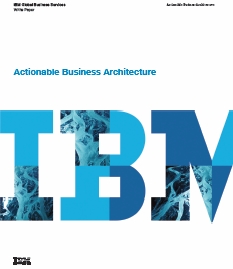
Actionable Business Architecture
Interviews from over a thousand CEOs in 2008 shows organizations are bombarded by change, and many are struggling to keep up1. CEOs view increasingly demanding customers not as a threat, but as an opportunity to differentiate. They are moving aggressively toward global business designs with deeply changing capabilities and increased flexibility.
The gap between their capability to manage change and the challenge ahead is growing. CEOs expect fundamental change, but they seem uncertain about their organization’s ability to manage it. Business pressures are compounding as IT constraints are growing.

Changing – A Core Business Competency
With the operational problems caused by the current economy and the uncertainty that possible new legislation is causing, the need to change quickly and effectively is greater than ever. Few companies are prepared or capable of rapid, efficient change – especially broad based change.

Putting Business Information Architecture to Work
In a previous article, we talked about using web semantic technologies such as OWL and SBVR to create conceptual models of a business. In this article, we explore an example of using a Business Information Architecture to solve a business/IT problem. The architecture exercise helped clarify thinking about the possible solution forms and served as a model for the corresponding IT application and data changes.

Can SharePoint 2007 be my Enterprise Business Process Management (BPM) Solution?
SharePoint 2007 provides a basic set of business process management (BPM) functionality. Many IT shops and business users who have SharePoint 2007 running in their environment may be wondering what BPM capabilities SharePoint 2007 does have, and how it stacks up to traditional packages that promote themselves as complete BPM solutions.
Most Enterprise BPM solutions are comprised of the following high level components:
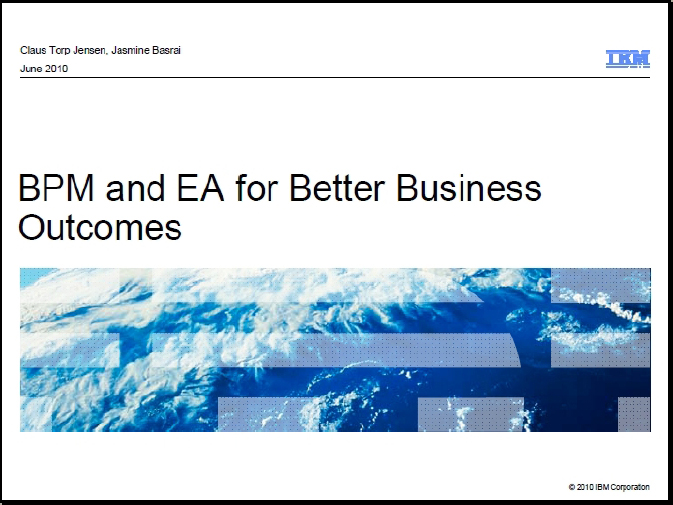
Continuous Improvement with BPM and Enterprise Architecture Together
Today’s global environment requires businesses to work smarter and to improve the coordination between planning and execution to continuously improve business processes and optimize costs. While Business Process Management (BPM) and Enterprise Architecture (EA) each have value on their own, they are also naturally synergistic, and together provide better business outcomes and strategic alignment of business and IT.
When done together, BPM provides the business context, understanding and metrics, and EA provides the discipline for translating business vision and strategy into architectural change. Only when supported by appropriate collaboration and governance processes can BPM and EA roles work effectively together towards the common goals of the enterprise.

Six Simple Steps for Accelerating and Perfecting Requirements: A Framework, a New Model, and Visualization
Software engineering is a much younger discipline than are other branches of engineering. We see this in the continuing evolution of attitudes and approaches to requirements. In early days, there were no requirements. In later days, there were volumes of approved textual statements. Eventually, there were formal models. Today, sometimes models and statements are merely interim deliverables because code becomes the requirements.

The Value of Improving and Managing Processes
What is a process?
A process is a combination of steps and activities that creates some output or result. It represents the flow of work and information through an organization. It is the mechanism for creating and delivering value to a customer.
Process and Department

The Role of Business Architecture and Organizational Change Management in Business Transformation
In previous articles I have attempted to make the case for the role of the Business Architect in Organizational Change Management (OCM) and the role of OCM in driving Business Architecture (BA). Clearly this author believes that BA and OCM are tightly coupled. In this article, I present my view on how BA contributes to business transformation through OCM.

The Strategic Promise of SOA to Supply Chain Management
Attaining superior efficiency, high visibility and customer satisfaction across the entire supply/demand chain is essential for all organizations in today’s competitive markets. Supply chain efficiency has profound implications on an enterprise’s ability to meet its customer’s demands, the enterprise’s reputation, and the overall financial success of the enterprise. However, an enterprise’s supply chain also presents the single biggest opportunity for operational inefficiencies in any enterprise.

Business Rules in the Process Age
In a previous article “Integrated Business Management in the Process Age”, I discussed the dawn of the process age which follows on the Information age. In that article I stated that an organisation’s maturity in the Process Age can be plotted against its ability to utilise and manage the five basic capabilities for high performance: People, Guidance, Processes, Information and Resources.
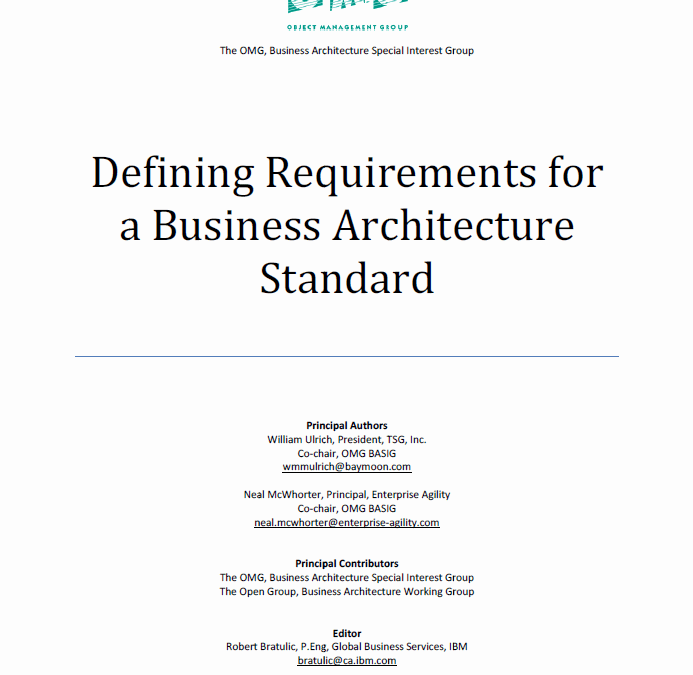
Defining Requirements for a Business Architecture Standard
As enterprises continue to deploy business architecture capabilities, the need for a consistent, cohesive understanding of business architecture is growing increasingly critical. Frameworks, methodologies and tools will continue to evolve, but practices and technologies must be based on a solid foundation. This white paper promotes a common understanding of business architecture. The discussion defines the essence of the business architecture, how it relates to IT architecture, the importance of business architecture standardization, and a roadmap for achieving standardization.

Monitoring SOA End to End
For those organisations that have moved into live running of business applications based on SOA, one of the (many) current headaches is monitoring and managing end to end transactions. Although application, network and infrastructure monitoring tools have been around for many years, the loosely coupled nature of SOA presents some challenges in providing the transaction visibility, integrity and recovery capability that mainframe users have enjoyed since the 1970s.

Business Architecture Community Webcast: Advancing BA in 2010
Join us for this LIVE webcast to share your opinion on our 2010 editorial calendar, find out how to contribute to the Business Architecture Body of Knowledge and learn about the new benefits you have through BusinessArchitectureInstitute.org.
This webcast includes:
- Discuss the needs of the business architecture community and establish goals and objectives for the 2010 editorial calendar on BusinessArchitectureInstitute.org
- Gain an understanding of the enhanced capabilities that the Business Architecture Community will receive through our partnership withBusinessArchitectureIn
Join us for this LIVE webcast to share your opinion on our 2010 editorial calendar, find out how to contribute to the Business Architecture Body of Knowledge and learn about the new benefits you have through BusinessArchitectureInstitute.org.
This webcast includes:

What Makes a Great Business Architect?
“What makes a great business architect?”
“My organization is looking to hire business architects. What should we be looking for?”
“How do I know my business architect is doing the ‘right’ things?”

Business Architecture: The Complete View of Business
In recent years, two business evaluation methodologies have competed for center stage: Business Process Management and Business Rules Management (or, as some are now calling it, “Business Decision Management”). Currently, there is a new methodology, Business Architecture, which is attracting attention.
Why is Business Architecture generating such interest?

The Watermelon Box
“Innovation” does not always mean “new technology”
There’s almost nothing better on a hot summer day, especially at a picnic, than a nice, cold, juicy watermelon. The problem with watermelons, however, is that they are big, oblong objects that usually don’t fit in the fridge and often take up the whole ice chest (occasionally, you can find a smaller, volleyball-shaped melon, but even those take up a bunch of space).










